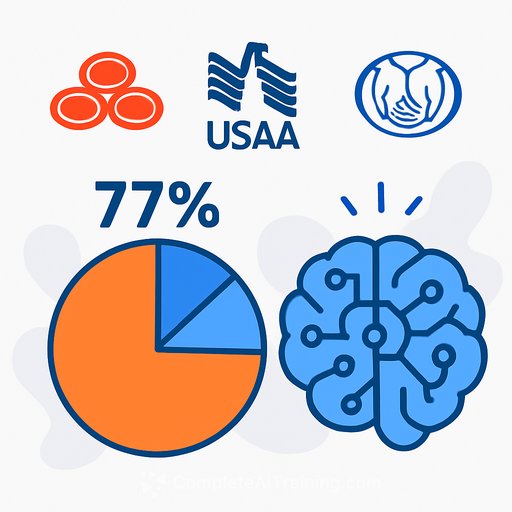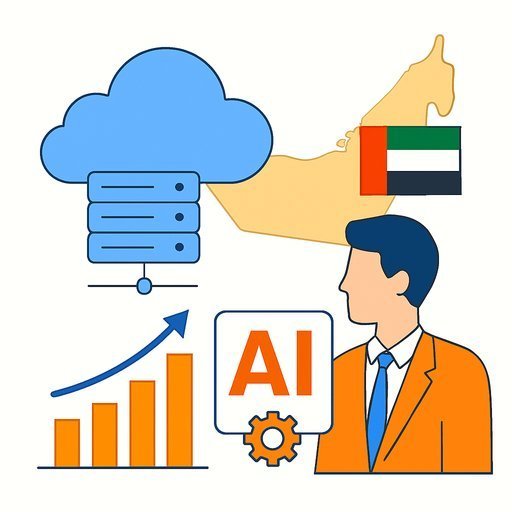How Insurers Use AI in Climate-Related Claims
Natural disasters caused over $137 billion in global insured losses in 2024, with hurricanes, storms, and floods leading the damage. Insurers are increasingly turning to artificial intelligence (AI) to streamline and improve claims related to these weather events. AI tools help analyze data faster, assess damages more accurately, and speed up decision-making, benefiting both insurers and customers.
AI in Weather-Related Claims: What It Looks Like
AI is improving underwriting efficiency and speeding up claims processing by automatically analyzing images and data. Vision-aware AI models examine photos of damages without human intervention in many cases. Additionally, connected devices like vehicles and sensors provide real-time data that AI uses to assess risks, offer customized premiums, and even predict or respond to incidents before they happen.
Natural language processing (NLP) and large language models (LLMs) help underwriters quickly analyze vast amounts of past claims and supplemental documents, enabling faster and more accurate underwriting decisions.
Training AI Models for Insurance
AI models are trained using a mix of historical claims and policy data, third-party sources such as satellite and GPS data, and synthetic datasets when real data is limited. The choice of training method depends on the model’s architecture, ensuring AI is well-prepared to handle real-world insurance scenarios.
Benefits: Accuracy, Speed, and Customer Satisfaction
When combined with human oversight, AI enhances both the speed and accuracy of claims handling. Automated risk assessments and damage evaluations can occur in real time, allowing for quicker premium adjustments and faster claims triage. This improved efficiency often leads to better customer experiences and satisfaction.
Challenges and Limitations
Despite its benefits, AI adoption comes with challenges. Ensuring the privacy and security of data used in training and analysis is critical. Another key issue is explainability—many AI models, especially deep learning ones, act as "black boxes," making it hard to interpret their decisions.
To address this, some tools incorporate confidence scores and human-in-the-loop reviews to verify AI outputs. This balance allows automation where possible, with human checks where necessary, maintaining trust and accuracy.
Regulatory Impact on AI Use in Claims
Regulations, particularly the EU’s AI Act, play a major role in shaping how AI is applied in insurance claims. The Act classifies AI systems by risk level and enforces strict requirements on high-risk applications like underwriting and claims processing.
Key regulatory requirements include:
- Explainability: AI decisions must be clear and understandable.
- Bias Mitigation: Steps must be taken to eliminate biases in data and predictions.
- Detailed Logging: All AI inferences must be logged for auditing and accountability.
These rules ensure AI tools are transparent, fair, and reliable, influencing how insurers develop and deploy AI in their operations.
For those in customer support and insurance roles looking to deepen their AI knowledge, exploring specialized courses can be valuable. Resources like Complete AI Training’s latest AI courses offer practical insights to better understand AI’s role in insurance.
Your membership also unlocks:









